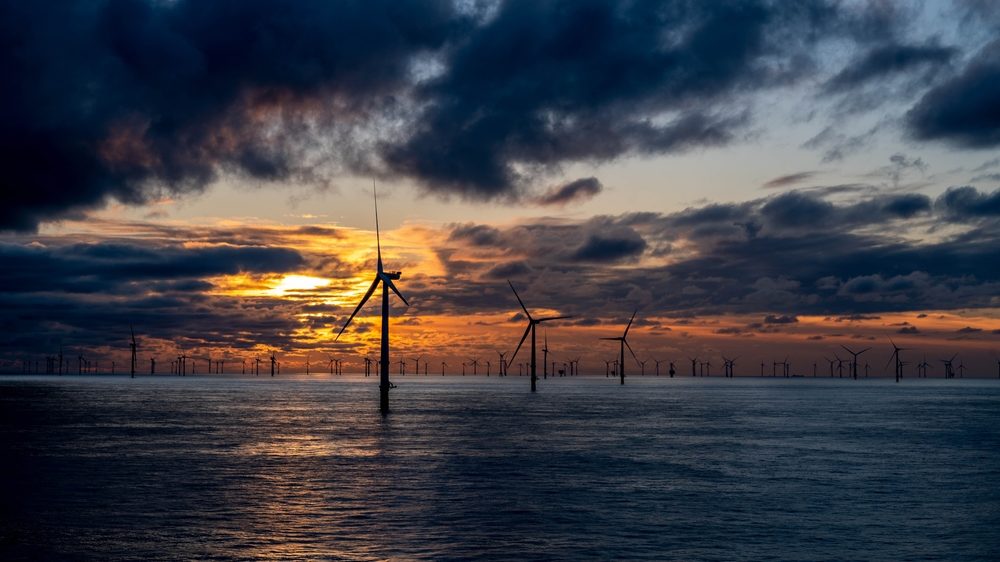
Climate change has already caused irreparable damage to the earth, even though scientists have raised alarms for decades about the immediate need for changes in how we live and the resources being exploited. The extensive use of coal, oil, and gas has led to the production of harmful greenhouse gases. One of the most effective ways to reduce the production of greenhouse gases is the development and use of clean energy sources. In response, private investments into offshore wind projects throughout the country total billions of dollars so far. Leveraging clean energy of this kind has become a priority, and the U.S. is poised to rapidly grow its number of wind farms to reduce further preventable environmental damage.
Turbines can generate extraordinary amounts of electricity by harnessing the natural power of the wind. The Gulf of Mexico is well-suited to wind farms; it’s easier and less expensive to build there because of the calmer, shallower waters.
President Biden and Louisiana Governor John Bel Edwards have set initiatives to shift away from the country’s dependence on harmful energy sources. In 2020, Governor Edwards committed to eliminating statewide greenhouse gas emissions by 2050, noting wind farms as a vital strategy to do so. The Biden-Harris Administration also set a lofty goal to deploy 30 gigawatts of offshore wind energy capacity by 2030, and an important step towards meeting these commitments was recently announced.
The locations of two wind farms in the Gulf of Mexico were finalized by the Bureau of Ocean Energy Management (BOEM) in October 2022. Wind farms in the Gulf will not only offer Americans cheaper electricity – and do so cleanly – but also lead to an influx of thousands of well-paying jobs.
Where Will Wind Farms Be Built in the Gulf?
The process of deciding where wind farms in the U.S. should be located is lengthy. In 2020, BOEM completed studies about the possible capabilities of offshore wind farms, concluding that the Gulf of Mexico could produce 10% of the wind energy in the U.S. In fact, it could generate twice the energy needed to power all states surrounding its waters.
When selecting wind farm locations in the Gulf, several factors, such as the impact on resources and those who use the area, were considered. The environmental impact was a major factor, too, specifically how wind farms would affect marine life and the overall ecosystem. BOEM also sought feedback on the proposed wind energy areas (WEA) in July 2022 and reduced their size after the Department of Defence and the U.S. Coast Guard expressed concerns.
Finally, after extensive research and planning, and under the Biden Administration’s leadership, BOEM announced the location of two wind energy areas in the Gulf of Mexico in October. The larger of the two will be located off the coast of Galveston, Texas, approximately 24 nautical miles from land in an area of almost 510,000 acres, and will provide electricity to around 2.1 million homes. The second wind farm in the Gulf will be approximately 56 nautical miles off the coast of Lake Charles, Louisiana, in an area of almost 175,000 acres. While smaller, it will still be able to power over 740,000 homes.
Given Louisiana already has a large community of offshore gas and oil workers whose skills can be largely transferred to turbine construction and maintenance, the state is in a good position to move forward with offshore wind farms. With wind lease sales in the Gulf of Mexico opening in 2025, anywhere from 7,300 to 14,700 offshore construction jobs and up to 2,800 permanent positions are expected.
While the influx of jobs is positive for the state and others in the area, offshore jobs are some of the most dangerous. With the rapid development of offshore wind farms, knowing who’s responsible for offshore injuries in the Gulf is essential for everyone employed in the industry.
Risks to Offshore Wind Farm Workers
There are many benefits of offshore wind farms. Compared to those on land, the wind is stronger and more consistent at sea, with no infrastructure to block air movement. They can be larger because there’s ample space to create large-scale wind farms, ultimately producing more energy. While costlier to build and maintain offshore, the increased electricity production makes up for the start-up costs.
There’s also the fact that the Gulf of Mexico has much calmer and shallower waters than other coastal areas in the U.S. These factors make it safer and easier to build and maintain wind farms.
But offshore jobs in the Gulf are risky for the workers and crew that transport them to job sites via boat or helicopter; offshore industries have some of the highest rates of workplace injuries and fatalities. Oil and gas extraction workers are seven times more likely to die on the job compared to the average American.
Currently, the most common cause of fatal offshore accidents is getting to and from job sites. The weather can be unpredictable at sea, and with worsening weather systems, transportation dangers will no doubt continue to be a serious risk for offshore workers. While wind farm workers perform different tasks than those in the offshore oil and gas industry, the dangers and work environments are similar.
Some of the known hazards and dangers offshore wind farm workers could be exposed to include:
- Harsh weather conditions
- Physically demanding jobs
- Use of heavy equipment and machinery
- Unsafe work practices
- Lack of training and supervision
- Poorly maintained equipment
The greatest danger associated with wind turbine construction and maintenance is falling from great heights. Turbines can be hundreds of feet tall, and offshore wind farm workers sometimes need to be at the top. A fall from that height could be fatal; if not, the injuries could be debilitating.
There’s also a risk of drowning after falling from a wind turbine or falling overboard when traveling to a wind farm – especially in certain weather conditions, which can make rescue efforts difficult. As offshore accident attorneys, we’ve seen workers lose their lives from drowning after encountering unexpected weather, such as the Seacor Power accident. Even transferring from a boat to a wind turbine can be tricky, especially in poor weather.
Due to the relatively small size of the clean energy industry to date, it’s unclear whether wind turbine workers will experience higher or lower rates of injuries than in other offshore professions. There’s little reporting and data available that indicates wind farm work is more or less dangerous. What we do know is that turbines are difficult to build and service at sea, and as a result, there will be serious risks to offshore wind farm workers.
Legal Options for Injured Offshore Wind Farm Workers
There’s a growing need for wind turbine workers as federal and state commitments to clean energy initiatives begin. In order to protect them from preventable injuries, offshore wind farm safety training is crucial. But like other offshore workers, even those with the best training, who are employed by companies that follow every safety protocol, experience offshore accidents.
There are maritime laws in place to protect workers. What laws apply in an offshore accident depends on several factors, including where the accident happened, how many hours the victim worked offshore, and the type of job.
When an offshore injury occurs, knowing your rights will help ensure you’re adequately compensated and that powerful companies with much greater resources don’t pressure you to settle. Offshore employers have a duty to ensure a safe work environment, including providing the proper safety training, maintaining equipment and machinery, and meeting safety regulations. When a company fails to fulfill its duties, it may be held liable.
The effects of an offshore injury can be devastating and impact the victim and their family in the short and long term. Offshore injury claims are complex, but the experienced offshore accident attorneys at Herman, Herman & Katz have helped countless victims get the compensation they deserve. We’ve helped hold negligent companies accountable for their role in causing or contributing to an offshore accident while protecting and fighting for our client’s rights.
If you’ve been injured at an offshore wind farm, another offshore job site, or during transportation to or from one, contact us online for a free case review or call 844-943-7627.

Jed Cain is a partner with Herman, Herman & Katz, LLC. He has dedicated his career to representing injured folks and their families.





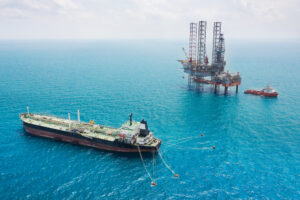
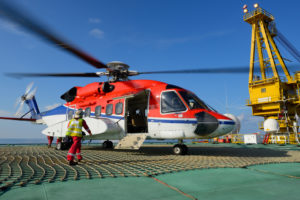
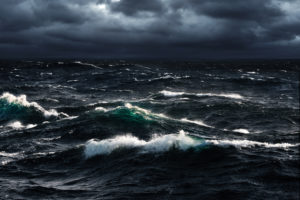
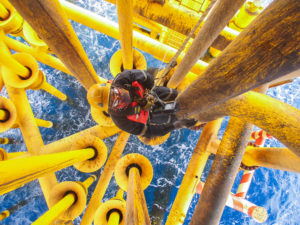



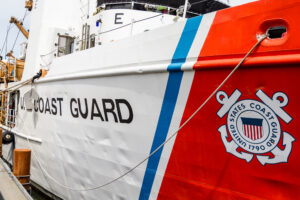




Comments for this article are closed.